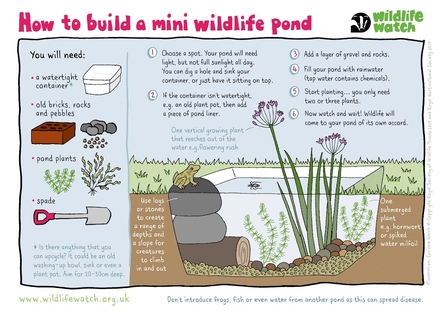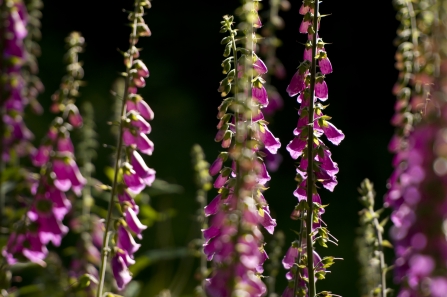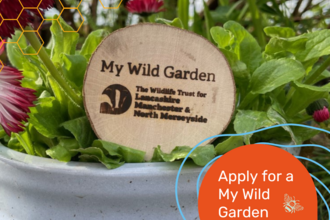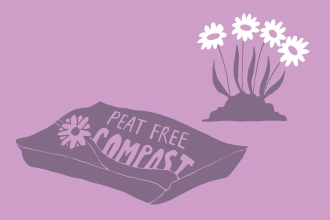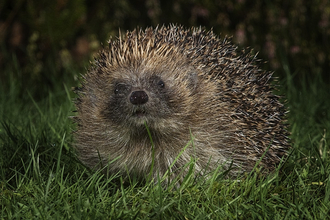Feed the Birds
It’s always a treat to look out of your kitchen window and see birds fluttering around your garden. So, it’s always a good idea to know how to keep them coming this spring. One of the best things you can do to help our feathered friends is have plenty of bird feeders on the go.
A choice of feeders can always be found at your local supermarket, but if that’s not your style, coconut shells stuffed with fats are a great homemade replacement. To keep birds visiting, it’s also important that these feeders remain clean. A guide on how to keep your feeders in tip-top shape can be found here.
Of course, what you put in your bird feeders is also very important. Seeds are always a favourite. Whether you pick sunflower, peanut or nyger, seeds are not only filled with fats, but also protein to give birds a boost of energy.
At this time of year, mealworms are also a great source of food for birds in their breeding and fledgling season.
If you want to find out more about how to attract birds into your garden this spring, check out this page.
Build a Wildlife Pond
It’s not only important to keep our wildlife well-fed, but watered too. A wildlife pond can certainly help with that! If you’re looking to attract more wildlife into your garden this spring, ponds are a great way to do it, with creatures like newts, frogs and dragonflies often calling them their home.
Not got much outdoor space? Even the smallest of ponds are incredibly valuable, and the best part is, they’re super simple to set up. It can be as easy as finding a discarded washing-up bowl and a nice quiet corner to put it in.
The best part comes with choosing the plants for your pond – only a couple are needed, but they certainly help to brighten things up and bring in wildlife. More details about how to build a wildlife pond can be found here.


